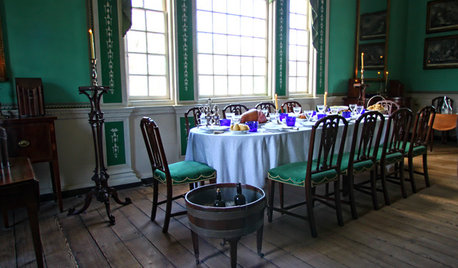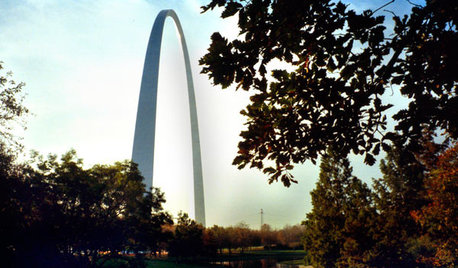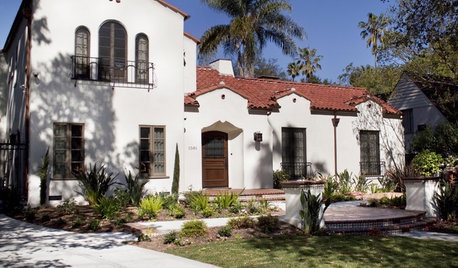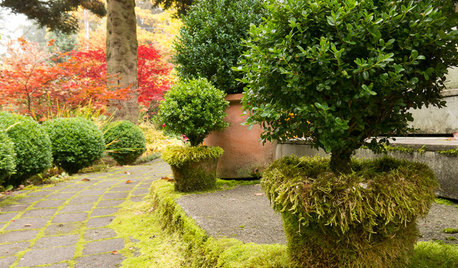Rutgers history question
gardener_sandy
14 years ago
Related Stories

COLORWhen Color Could Kill: Stories From the History of Paint
Delve into paint's storied past — what you learn about its history and modern incarnations may surprise you
Full Story
DECORATING GUIDESCity View: History Meets Modern Tastes in St. Louis
This Missouri city celebrates a heritage that goes way back, but its architecture and interiors are moving decidedly forward
Full Story
HOUZZ TOURSHouzz Tour: Updates Honor a 1930s Cottage's History
The facade stays true to the original, but inside lie a newly opened layout, higher ceilings and 600 more square feet of space
Full Story
TRADITIONAL ARCHITECTUREHow to Research Your Home's History
Learn what your house looked like in a previous life to make updates that fit — or just for fun
Full Story
ROOTS OF STYLEClues to Your Home's Architectural History
Use this quick guide to design themes to identify the era and style of your house's details
Full Story
LANDSCAPE DESIGNEvoke Mystery and History With Moss in the Garden
Go ahead, lie about age. Moss on garden statues, planters and pavers creates the beautifully deceptive look of time’s passing
Full Story
KITCHEN DESIGNKitchen of the Week: History Lives in a Greek Revival
Honoring its 1900s roots, this New Jersey kitchen reflects the past while working beautifully in the present
Full Story
KITCHEN DESIGNKitchen of the Week: Uncovering History in an 1800s Colonial
Brick features from long ago return to prominence, but a raised ceiling and newly open layout set them squarely in the now
Full Story
KITCHEN DESIGNKitchen of the Week: Resurrecting History on a New York Farm
Built with a 1790 barn frame, this modern-rustic kitchen on a working farm honors the past and makes connections in the present
Full Story
FARMHOUSESKitchen of the Week: Renovation Honors New England Farmhouse’s History
Homeowners and their designer embrace a historic kitchen’s quirks while creating a beautiful and functional cooking space
Full StoryMore Discussions







digdirt2
mojavebob
Related Professionals
Accokeek Landscape Architects & Landscape Designers · Ballwin Landscape Architects & Landscape Designers · Jackson Landscape Contractors · Arden-Arcade Landscape Contractors · Coeur d'Alene Landscape Contractors · Deerfield Beach Landscape Contractors · Fair Oaks Landscape Contractors · Petaluma Landscape Contractors · Country Club Hills General Contractors · Irving General Contractors · Mililani Town General Contractors · Norristown General Contractors · Rancho Cordova General Contractors · Signal Hill General Contractors · Fort Myers Decks, Patios & Outdoor Enclosuresmissingtheobvious
colokid
digdirt2
mojavebob
carolyn137
gardener_sandyOriginal Author
carolyn137
gardener_sandyOriginal Author
digdirt2
tomatobreeder
digdirt2
tomatobreeder
carolyn137
rj_hythloday
John A